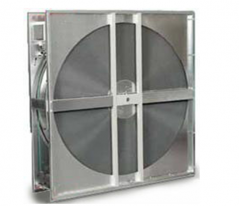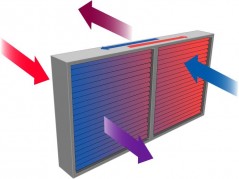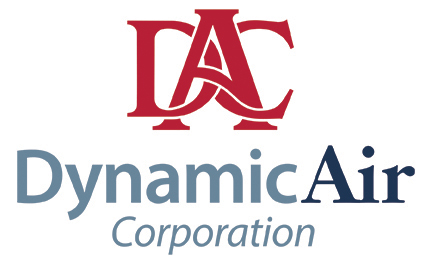Q. I am working on an Air-To-Air Energy Recovery application. I am thinking of using a wheel or a heat pipe. I need to know which will fit. How do you size the energy recovery device for the application?
 A. There are a variety of energy recovery devices to use for a given application. Device size can be critical as it usually dictates the size of the Air Handling Unit. The bigger the device, the larger the unit dimensions. Here is a rough guide that we use when starting to look at sizing the different types of energy recovery:
A. There are a variety of energy recovery devices to use for a given application. Device size can be critical as it usually dictates the size of the Air Handling Unit. The bigger the device, the larger the unit dimensions. Here is a rough guide that we use when starting to look at sizing the different types of energy recovery:
Exchanger Sizing:
- Fixed Plate Exchanger: design around .75 to 1.25” in. w. pressure drop
- Heat Pipe: 500 – 600 FPM air flow
- Pumped Glycol Runaround Loop: 500 FPM air flow
- Energy Recovery Wheel: 700 – 800 FPM air flow
 Keep in mind that these are starting points for design. With all devices, the greater the surface area, the greater the amount of energy recovery. These starting points consider the most cost effective design point. In any case where a payback can afford a larger device, we will use it.
Keep in mind that these are starting points for design. With all devices, the greater the surface area, the greater the amount of energy recovery. These starting points consider the most cost effective design point. In any case where a payback can afford a larger device, we will use it.
When considering the use of a wheel or heat pipe there are two other considerations.
- The wheel is a total energy recovery device (sensible & latent transfer) and will provide energy recovery for both summer and winter use. The heat pipe is a sensible device. It will offer minimal recovery in summer months. It’s primary value is gained during winter operations.
-
The wheel is in a square cassette. Some Air Handling Unit configurations cannot be configured to accept a wheel (i.e. unit height restrictions). In those cases heat pipes can be used. They can be provided in nearly any length and height combinations.
In recent years we have been designing higher performance air handling units. In many of these units the energy recovery devices have been increased in size thus lowering the pressure drops and velocities through the devices. The units are larger and have a higher first cost, but are more efficient and have a lower life cycle cost.
Further questions on Air-To-Air Energy Recovery; askRick?
Related Blog Posts:
Energy Recovery Wheels | What is an Enthalpy Wheel?
Heat Pipe for HVAC Systems | Heat Pipe Theory





Leave a Reply